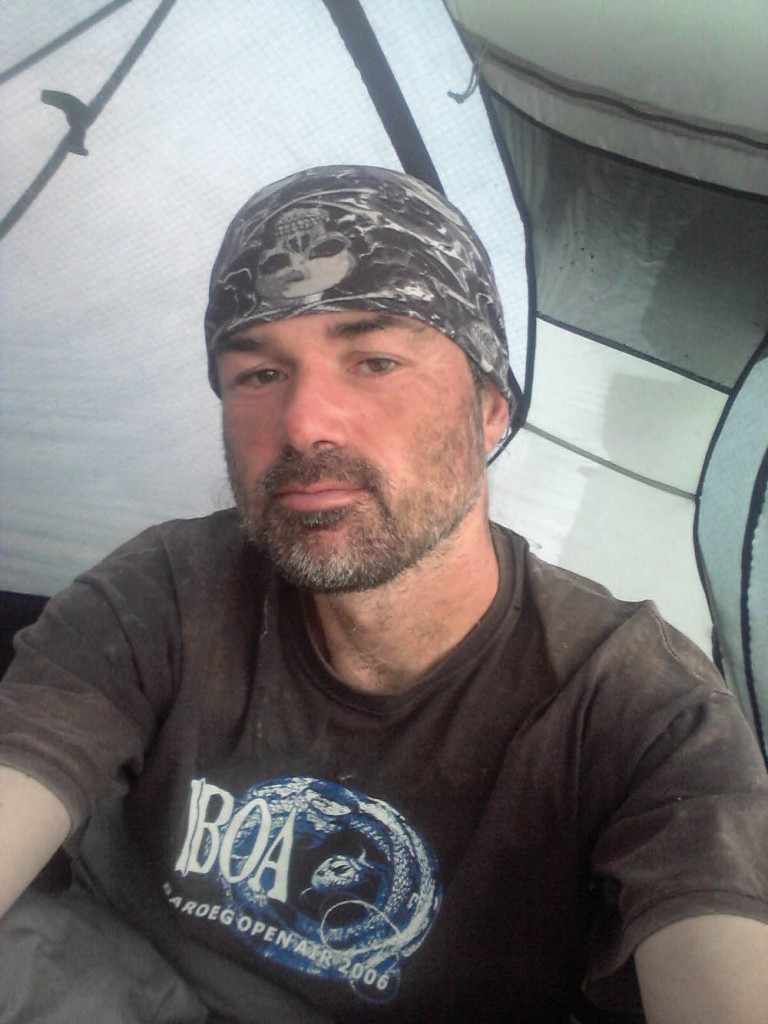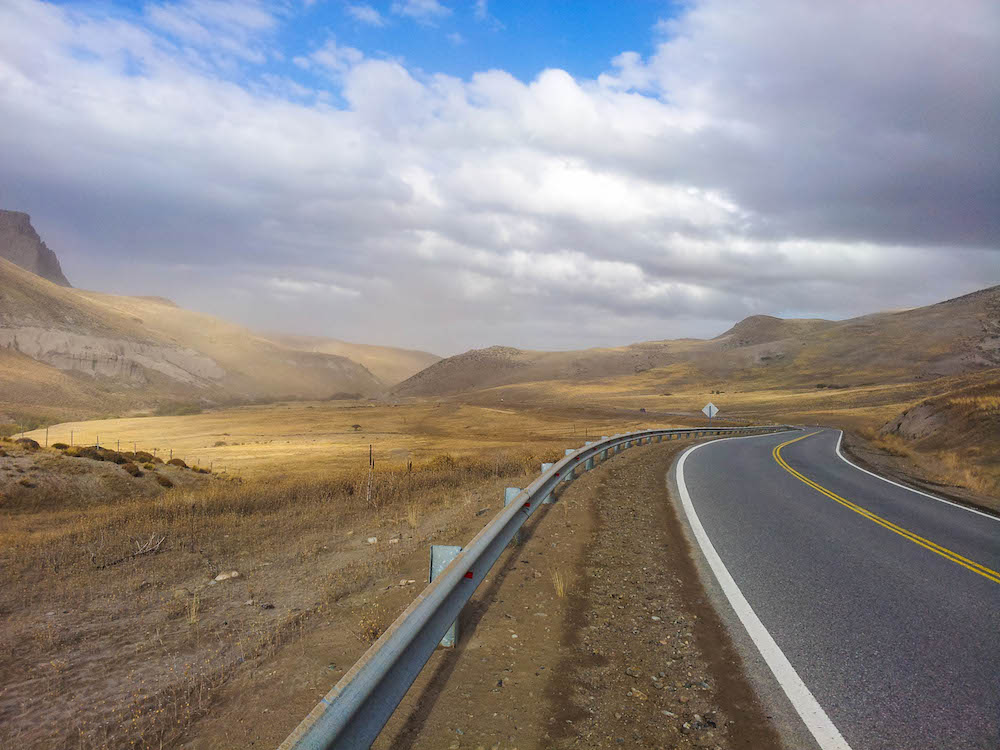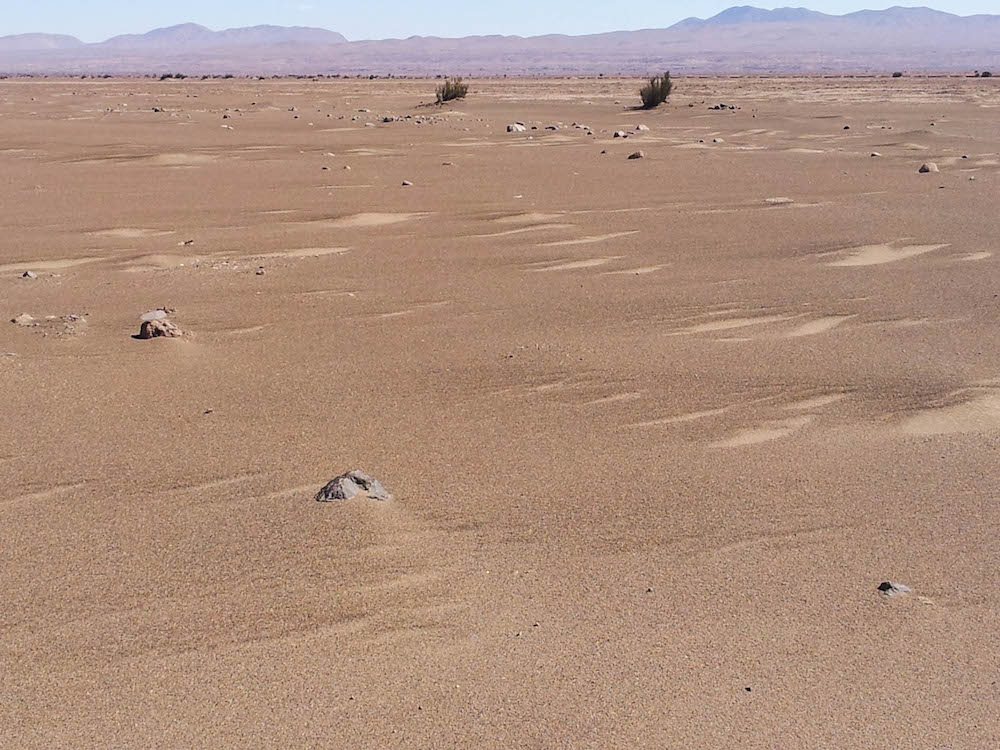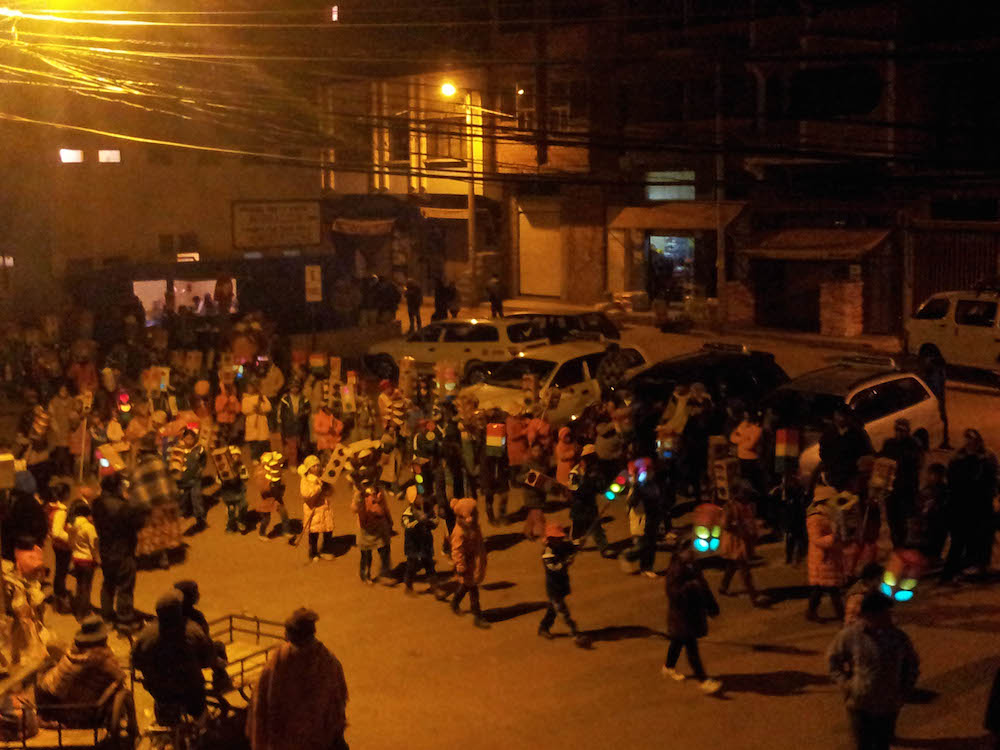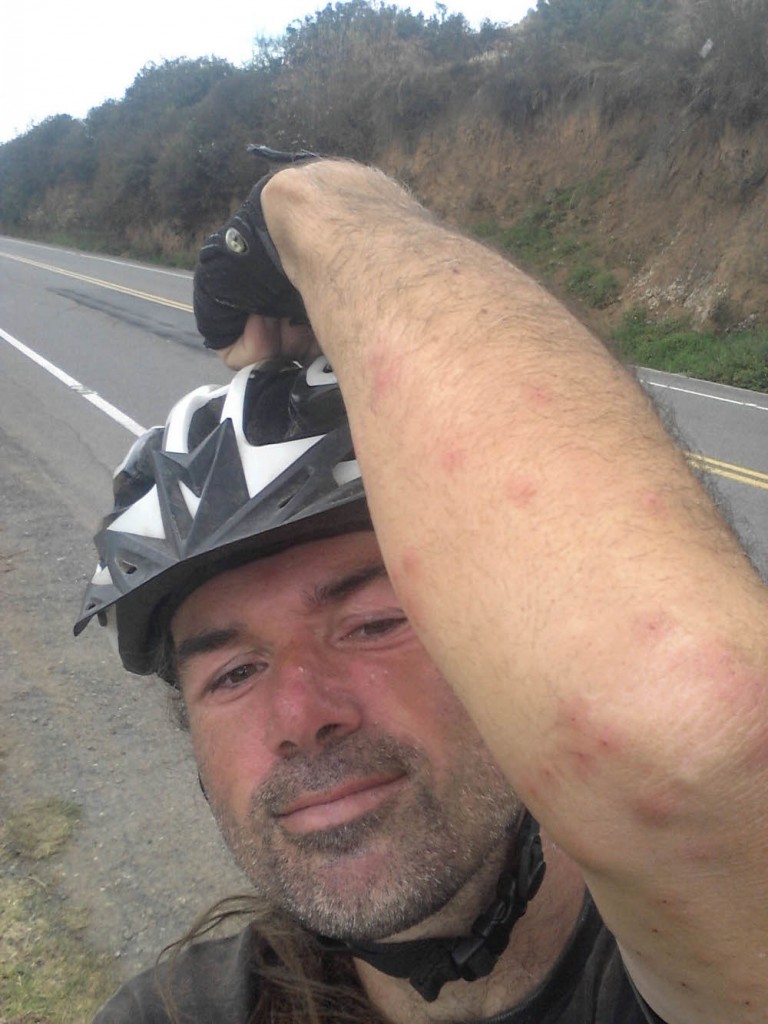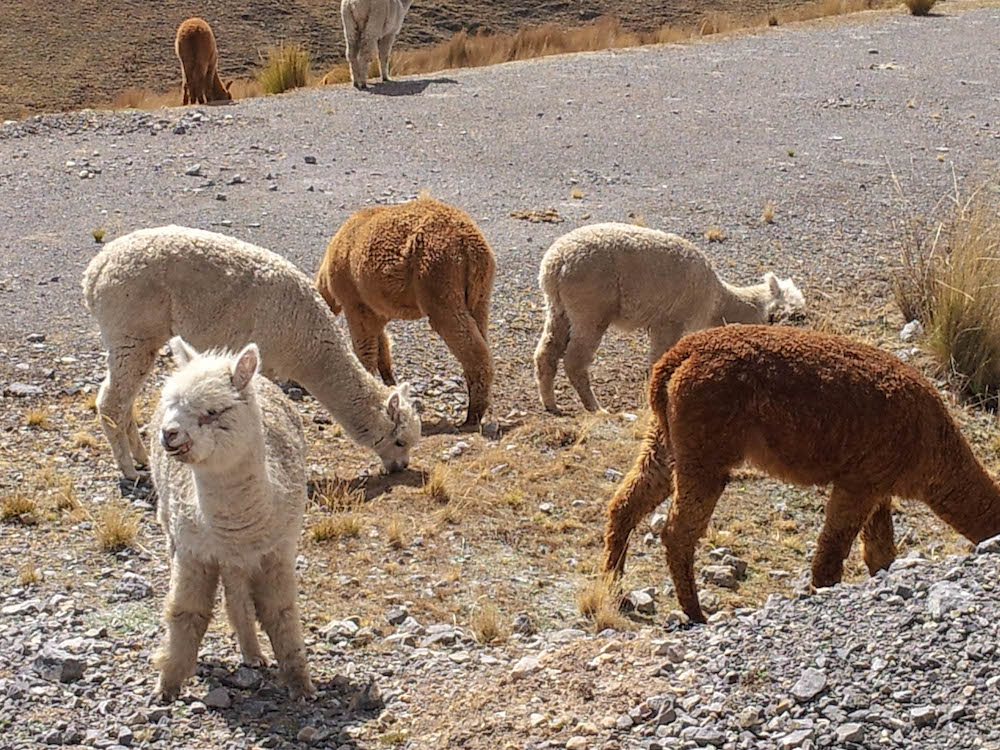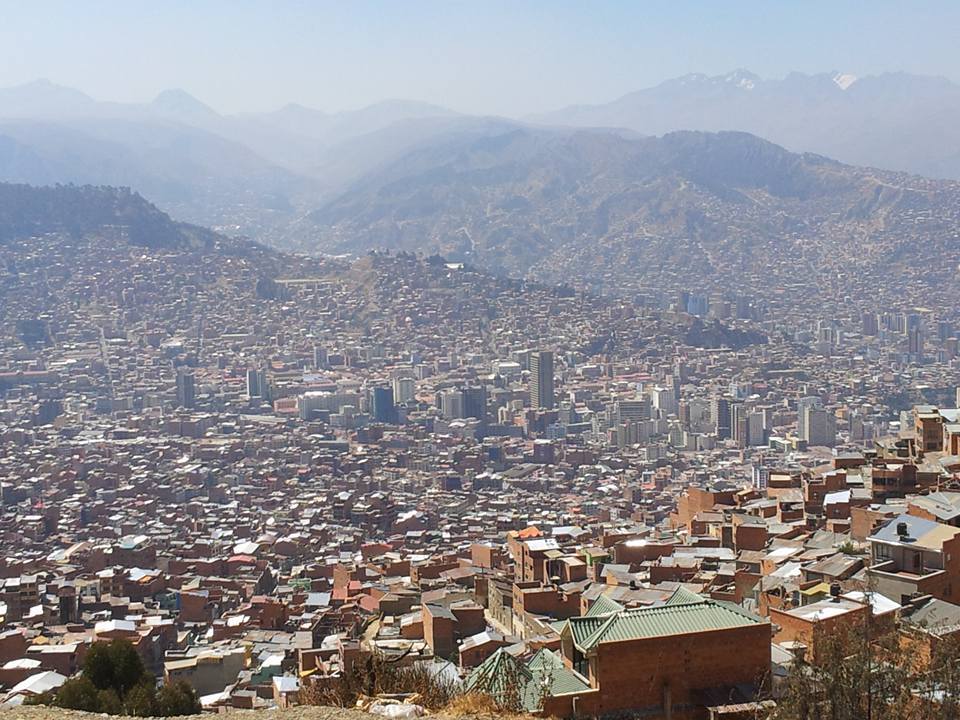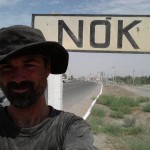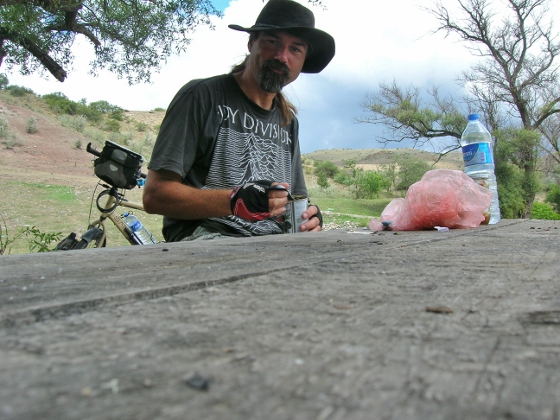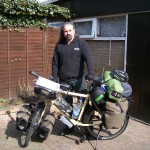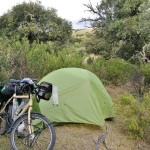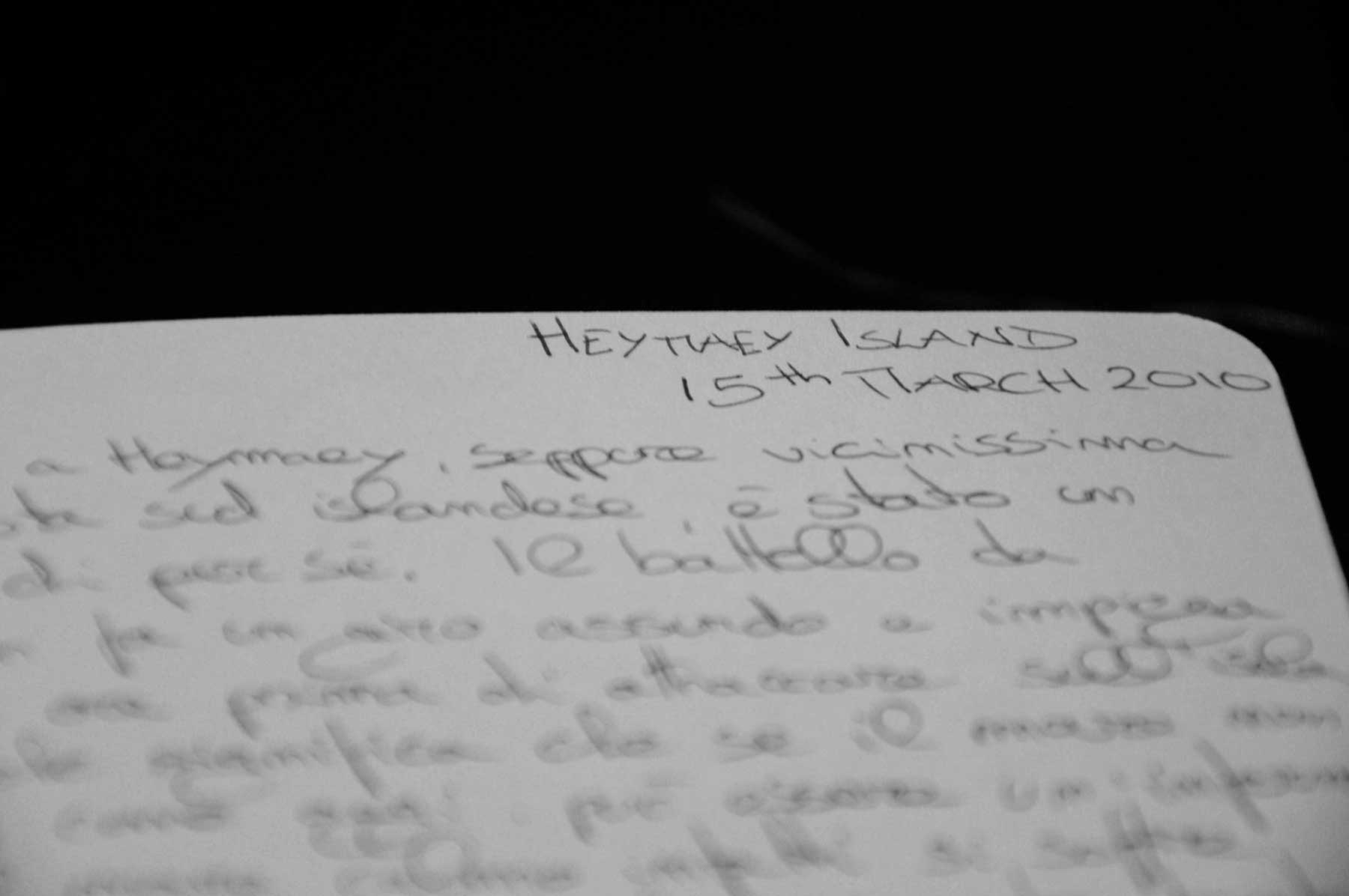After having crossed all Asia and the year after Australia, Richard’s life challenge to bicycle the world across the 5 continents has arrived to the 3rd stage, South America.
Last April he left Ushuaia, the World’s End, to point North, across the Andes. Lots has happened in the past few months…including a bicycle break out that forced him to walk all the neverending deserts of Patagonia.
Here it’s his story and 1st impressions of his adventure….
Respect!
Richard, after having crossed all Asia and all Australia in the previous two years, the third part of your round the world bicycle world tour has brought you to South America.
Tell us the route first of all and where are you.
First I was only sure of my starting point, but now the total picture is quite clear: from Ushuaia, the southernmost city of South America, to Belem in Brazil, following the Andes and South America’s northern coast. Right now I’m almost halfway Peru, in Huancayo.
What has changed compared to your previous two journeys?
The heat is gone. I did not fully realize that when I started, but following the Andes generally means that days are ‘acceptable’, but nights that can get extremely cold. At the Bolivian altiplano it must have been below -15 degrees Celsius at night when I was there. Even the Atacama desert wasn’t hot. The temperature is going to change later on (a cyclist told me Venezuela is quite hot) but for now most of the time my clothes are free of sweat.
Another change is the greater emphasis on isolation (in fact this started in Australia already). Deserts, wasteland, plains, I love it. This has caused a further shift away from the tourist trail and when my path crosses tourist areas I do not want to be part of it anymore. I have quit sleeping in dorm rooms, I avoid the backpacker scene, I skip cities that attract large amounts of tourists. I’m fine with locals, with nature, with music, reading and writing.
Your bike broke down somewhere in Patagonia, just at the beginning of the trip. And you crossed the entire Patagonia walking. Why not taking a lift by someone, or a bus or any other kind of transportation?
First I have to say that I always try to cycle every single meter and do not accept lifts, except in very extraordinary circumstances (danger, missing a flight or connecting ferry, expiring visa etc.). But when cycling on Tierra del Fuego became impossible because of the strong winds I had my doubts. I was thinking of accepting a lift but later on I feared to be travelling down a slippery slope: would I accept a lift next time when it starts raining? When I feel a bit tired? I decided to go on either by foot, or crawling, or whatever, as long as I did it myself, without the help of others. So when my frame broke I had strong reservations towards accepting a lift, I could still walk. And then I discovered how much fun it was to walk. At that time the idea of making a long journey by foot came up. When I heard my bike could not be fixed my wish could be realised. At that point I did not have the slightest interest in any other form of transportation anymore. Eventually I walked 2086 km from that point on Tierra del Fuego to Puerto Montt in Chile where I continued cycling with a new frame.
What were your thoughts while walking in the middle of nowhere for days and days alone? Did you ever have a moment when you thought you were not gonna make it? What was the biggest challenge?
I started to make fantasy plans. Could I walk the planet, with a sponsor, for charity, and get my name in the Guinness Book of Records?
And people and situations from the past come back to mind when there’s hardly anything around you to distract you. Classmates, childhood friends, sports. For example: as a young teenager I was a talented judoka, and now I wondered what could have become of me if I had really tried to be one of the best. Could I have been at the Olympics?
I started to try to fix problems, from broken gear to physical problems.
I tried to figure out how to improve my travel music collection.
And there were so many other thoughts.
Yes, there was a period when I thought I would be forced to stop. My back was slightly bent forward to the right all day because I had to push the bike and that is not a good position. It started to hurt more and more and I thought I had to give up but right on time the situation changed. While all traffic went to popular El Calefate I turned to the right, towards El Chaltén. The road was mine, I could walk on the tarmac and that really helped. Later on something magical happened: my sleeping mat started to decompose. It turned into a sort of balloon and sleeping on it had a fantastic effect on my back. The pain completely disappeared.
The biggest challenge was to find shelter against the wind. Even though my tent proved to be strong enough, the noise of the wind against the tent would keep me awake all night. Once again I was saved by culverts, the space under the road created to let water pass. This time I would not be in the culvert, but just outside, between the ramparts of earth around the culvert.
What’s the difference between people met in Asia, Australia and South America and how different is it to communicate in those three continents?
There’s no such thing as a typical Asian or South American. Lao people have more in common with Bolivians than with Georgians. People from Chile and Argentina are more like Spaniards than Surinams. Differences are best regarded by country. Communication is most difficult in Asia because of the wide variety of languages, though if you speak some Turkish and Russian you can communicate with people from eastern Europa till China. But in South East Asia every country has it’s own language (though the Malaysian and Indonesian language are quite similar). Generally it’s either English or use your hands or drawings.
While there may be some words in Indonesia you DO understand, in Australia there may be some words you do NOT understand. That’s when they start talking about their billies and wollies and tullies or whatever. Or there may be an accent. But generally: no problem. In South America the picture is clear: learn to speak Spanish and you can communicate in 9 of the 13 countries. I admit that’s easier said than done, my Spanish is still crap. Of the other four official languages on the continent three were taught to me in my younger years so I’m looking forward to visit these countries. And I will use my hands when it comes to Portuguese.
I am always curious about it and I keep asking it to everyone. What do you have in your pockets these days?
A handkerchief, a little wallet with money for daily expenses, I used to have a watch with a broken wristband but I lost it and since I’m in Peru I’m carrying a knife. Not that it’s that dangerous: it’s a Swiss army knife and I use it in restaurants because mostly Peruans somehow eat their meat without a knife. I can’t.
I agree South America is a continent, not a country, so it is very difficult to talk about it in general as a uniform place where there are common features. But if possible, could you describe me South America you have seen so far with the 5 senses
To taste
Whereas in most other parts of the world water would be served with a meal, this region has a typical green drink which has a cinnamon taste and is a bit sweet. It’s ok though not suited for a party.
To smell
I haven’t found any particular South American smell. Maybe it’s just not hot enough.
To see
Follow the Andes and you’ll see mountains. Sometimes there are high plains but generally mountains are all around. And I experienced that mostly they even reach the sea. Riding along the coast is no guarantee for easy days.
To touch
Travelling on this continent means feeling the wind. The strongest winds are in the south but so far the wind has never disappeared. There are still days I prefer to walk because of headwind.
To hear
South America is the Continent of Dogs. People love dogs, they try to possess as many dogs as they can afford. So THE sound of South America is ‘Woof’.
Best moment on the road so far
Re-entering Argentina’s dry, shiny, empty pampas after the miserable wetness of the Chilean coastal farmland (luckily later on Chile proved to be quite enjoyable when I crossed the Atacama desert).
Best meeting so far
My way of travelling does not cause many encounters but there were some remarkable persons. The Swiss cyclist Martina for example, who seemed to keep on travelling between Tierra del Fuego and Alaska over and over again. And there was this French family, mother, father and two little girls, cycling the continent. One of the girls was riding her own little bike!
Best memory so far
Me in my tent in Patagonia on windfree evenings, alone with my books, with my music, with lemonade and a bag of peanuts. Just enjoying life in an empty world.
Happy travels and catch up down there!
Richard’s previous posts:
Richard: 23836 km cycling from Holland to Bali. An interview.
Richard cycling the world: Laziness and excitement in Baku
Richard’s journey bicycling the world
Richard, by bike from Holland to New Zealand
Follow Richard on his own blog : http://rollingmetal.waarbenjij.nu/
